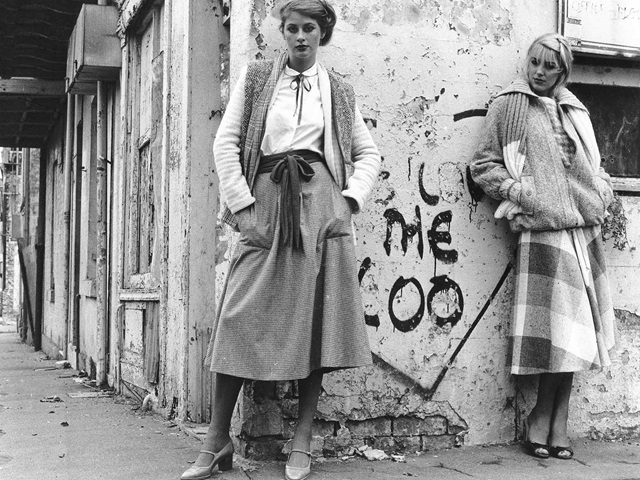History of Wynyard Park
It was from here that the New South Wales Corps marched to arrest Governor Bligh in 1808, an event later known as the Rum Rebellion.

Wynyard Park is bounded by York, Carrington, Margaret and Barrack streets, Sydney.
The military barracks were erected between 1792 and 1818 on the eastern, southern and western sides of the site, leaving a large open square in the centre. This became known as Barracks Square or the Parade Ground. It was from here that the New South Wales Corps marched to arrest Governor Bligh in 1808, an event later known as the Rum Rebellion.

The completion of the new Victoria Barracks in Paddington in 1848 saw the subdivision of this land and construction of private dwellings and shops. Provision was made for a square to remain on the higher part of the former Barrack Square. It was named Wynyard Square after General Edward Buckley Wynyard, commander of British forces in Australia from 1848 to 1853.
The square was dedicated as a recreation ground in 1875 and fenced and landscaped. Like similar squares in England its use was confined to residents who held keys to the gates. By 1907 the American trend of removing fences around parks had been copied here.
Also in the 1880s a bus terminus was established for passengers from the southern suburbs, beginning the area’s long association with public transport. The building of a railway station here was first suggested in 1881 but it was 1932 before Wynyard Station opened.
The square was dedicated as a public park in 1887 and the following year a bandstand was erected in the centre of the park.
In 1893 Canary Island palm trees were planted and a memorial statue to John Dunmore Lang was erected. The park was almost completely dug up in 1925 to build the city circle rail line, with reconstruction beginning in 1933. From this time the train station created a demand for bus parking which came to dominate the streets surrounding the park.
Major changes to Wynyard Park occurred in 1996 when the new entrance to Wynyard Station was built in the centre of the park, and in 1998 when a new restoration program began including conservation of the statue and men’s lavatory.
John Dunmore Lang Statue
Dr Lang, the Presbyterian pioneer and controversialist, lived at Wynyard Square and was responsible for the erection of the Scots Church on its northern side. This statue was sculpted by Giovanni Fontana and erected in 1893.
Men’s lavatory
The former ornate underground men’s lavatory with a domed glass roof was built in 1912 and is similar to others at Hyde Park, Taylor Square and Macquarie Place. It has been de-commissioned and is filled with sand. This material will allow for removal and re-use in the future.
Further reading
Conybeare Morrison and Partners, ‘Wynyard Park Draft Plan of Management’, 1992.
Conybeare Morrison and Partners, ‘Wynyard Park Draft Plan of Management’, 1993, revised by Council of the City of Sydney 1996.



